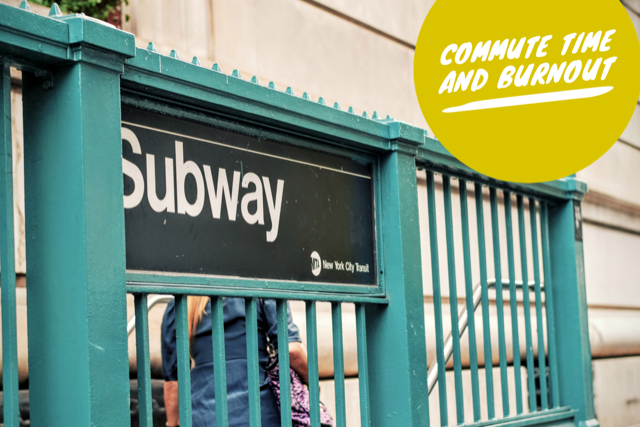So here we are, a year after most of the world moved to work and study from home. For some, it works great, while others feel that the work from home is not sustainable anymore.
Slack notifications
Kids
Emails notifications
Back to back zoom meetings
Workout
Supermarket
Cooking
Pets
Training programs
Think quietly and reflect on what's working and not working so you can focus on what's possible?
Focus on doing the work you need to do when you don't meet, eat, take care of others in your personal life or run errands.
How can we know what we feel right now if we don't have a moment to check in with ourselves? Let's start with defining what's the difference between burnout and stress to make sure you know what you experience right now.
Burnout - is when we feel emotional exhaustion caused by excessive stress that interferes with our ability to function.
Stress – we feel stress when our mental, physical or emotional reserves are pushed past our comfort level. Stress can be positive; some of us can perform better under stress, while for others, stress can be a negative experience, but we can still handle it.
So why burnout became such an extensive conversation right now? I believe there are a few reasons:
Simple experiences– our life became very simple, most of our day-to-day experiences. We miss on the more significant experiences that create special memories like travel, larger celebrations, conferences, and more.
A Lower sense of purpose and meaning – burnout is not about how hard you work; some people work hard and don't feel burnout. Part of the reason people don't feel emotional exhaustion is a sense of purpose – when we have a sense of purpose, we can work hard and still keep going.
No more informal meetings to close quickly some items on your to-do list - The water fountain conversation has been replaced with another meeting that adds to the larger amount of meetings stack in your calendar every day.
So what can do you do if it feels too much? What do you do if you feel burnout?
If you feel your emotional exhaustion is beyond your capabilities, take a day or two to calm down, and then create a sustainable plan to engage recovery time or building energy into your day – every day.
Now you ask – but how? How can I afford the time to recover? And my answer to you as the first step of mind shift is one word: Commute.
When I lived in New York City, every day I had 20-30 minutes ride in the Subway and then 10 minutes walk where at times I will stop at the deli and buy bread, milk, and a few tomatoes, Oh and there is also an avocado, and then I kept my walk holding my bag quietly until I arrived home.
While riding the subway, I would read a book, listen to music, or even get a quick nap.
Where is your commute time since you moved to work from home? Where is that time carved into your day?
Here are a few things my clients started doing using the morning and afternoon commute time:
Morning Commute time - before inbox/slack:
Drinking coffee and planning the day
Dreaming
Reading a book
Watching a video to learn something new.
One of my clients decided to focus his morning "commute" time on personal development goals; he is an SME in his work area. But, coaching made him realize he enjoys spending time on personal development.
Walking outside
Eating breakfast as a family.
Afternoon Commute:
Dreaming/planning
Focus time to work on a specific project – phone and computer on airplane mode
Walking with a family member or alone while listening to a podcast
Working in the garden
Reading a book
Workout
You can notice that all the actions above address the need for purpose or recovery. I am a true believer that to create sustainable new habits, we must focus each time on one step that can help us move to a new way of being and doing - only one. When we take too many steps, we move in circles rather than seeing progress.
No matter how long was your commute time, curve the commute time you used to have into your day – your brain gets it, and it will allow you to give yourself the permission to act on it with ease. Take the first step to build on your energy levels and move you away from the burnout experience you feel right now.
Last thought about mental health days - If your people get to the point where they need to take a mental health day, that's a red flag; it means that you learned about it too late. As a leader, I invite you to ask yourself what needs to happen that no one in your organization will require a mental health day ever?






